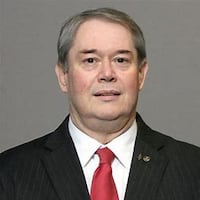The safe company, which was later acquired by Diebold Inc., was busy producing war material during World War II. The company produced mortar shells and gun mounts for the Navy’s anti-aircraft guns, as well as, a highly-secret project with the Manhattan Engineer District and the Atomic Energy Commission that was related to the production of atomic bombs that were dropped on two Japanese cities in August 1945, according to a 2005 column written by former JournalNews editor Jim Blount.
Blount said in his column that workers at the plant were not aware of their role in atomic work until almost 40 years later when they were machining uranium slugs from uranium billets.
During World War II, the federal government contracted with public and private enterprises to perform development work, according to a March 2011 report from the U.S. Department of Energy. Once the work was done, the sites were decontaminated to the existing standards at that time, the report said.
An Ohio Environmental Protection Agency report said between August 1988 and April 1989, radiological surveys were conducted and very little uranium was found and removed. The report said the building was then dismissed from any additional restrictions.
In 1993, public concerns were raised about the work that was done on the third floor of the building where the development work was performed. Former workers said the earlier surveys did not include that portion of the site where the uranium machining was being done. The OEPA report said the radioactive residues were found to be in excess of DOE guidelines on more than 25 percent of the third floor.
Access was restricted and surface contamination was removed from the third floor areas between December 1994 and completed in February 1995 at a cost of $1 million, according to the OEPA report. DOE personnel last visited the site in July 2010 to assess land use.
Dietrich said the 2011 DOE report said the site had no use restrictions and that Burchfield has no end user for the site.
About the Author
